Sciatica is a term that’s often thrown around, but it’s not a condition itself; it’s a symptom of something else. When people talk about sciatica, they’re referring to pain that radiates along the path of the sciatic nerve, which runs from the lower back through the hips and buttocks and down each leg. This pain can vary from a mild ache to a sharp, burning sensation. It can be debilitating, affecting your daily life and limiting your mobility. With so many treatment options available, one common question is whether chiropractic care can effectively help with sciatica. Let’s dive into this topic and see what the evidence and experience suggest.
Understanding Sciatica
Sciatica typically arises from an issue in the lower back, such as a herniated disc, spinal stenosis, or a misalignment of the vertebrae. These conditions can put pressure on the sciatic nerve, leading to pain, numbness, or tingling sensations that radiate down the leg. The discomfort often worsens with prolonged sitting, standing, or sudden movements, and can be accompanied by muscle weakness or difficulty moving the leg.

The Role of Chiropractic Care
Chiropractic care focuses on diagnosing and treating musculoskeletal disorders, with an emphasis on spinal health. Chiropractors use manual adjustments and other techniques to correct misalignment in the spine and improve overall function. But can these methods help with sciatica?
1. Spinal Adjustments
One of the primary treatments a chiropractor might offer is spinal adjustments. The goal here is to realign the vertebrae in the spine to reduce pressure on the sciatic nerve. Misalignment or subluxation in the spine can sometimes contribute to sciatica by irritating or compressing the nerve. By performing adjustments, chiropractors aim to restore proper alignment, alleviate nerve pressure, and reduce inflammation, which can, in turn, decrease sciatica symptoms.
2. Flexion-Distraction Therapy
Another technique used by chiropractors is flexion-distraction therapy. This method involves a specialized table that gently stretches and flexes the spine, aiming to relieve pressure on the discs and nerves. It’s often used for conditions like herniated discs, which are a common cause of sciatica. This therapy can help in reducing pain and improving mobility by creating more space within the spinal column and reducing nerve compression.
PS : Our FCAMPT certified physiotherapists (Ashish, Jigisha and Ankit) also practice this technique!
3. Physical Therapy and Exercises
Chiropractors often incorporate physical therapy and specific exercises into their treatment plans for sciatica. These exercises can help strengthen the muscles around the spine, improve flexibility, and promote better posture. For sciatica sufferers, strengthening the core and lower back muscles can provide better support for the spine and reduce the likelihood of future episodes.
4. Lifestyle and Ergonomics Advice
In addition to hands-on treatments, chiropractors also provide guidance on lifestyle changes and ergonomics. They may offer advice on how to sit properly, how to lift objects correctly, and how to maintain good posture throughout the day. These adjustments can help prevent the recurrence of sciatica by addressing the factors that may contribute to the condition.
What the Research Says
Scientific studies on chiropractic care for sciatica have shown promising results. Research indicates that spinal manipulation can be effective in reducing pain and improving function in patients with sciatica. For instance, a study published in The Journal of the American Board of Family Medicine found that chiropractic care, combined with standard medical treatments, provided significant relief for sciatica patients.
However, it’s essential to approach chiropractic care with realistic expectations. While many people find relief from chiropractic adjustments, it may not be a cure-all. The effectiveness of chiropractic treatment can vary based on the underlying cause of sciatica, the severity of the symptoms, and individual patient factors.
Consultation and Care
If you’re considering chiropractic care for sciatica, it’s crucial to consult with a healthcare provider first to determine the underlying cause of your symptoms. A comprehensive evaluation can help in designing a treatment plan tailored to your needs. Chiropractors often work in conjunction with other healthcare professionals to provide a holistic approach to managing sciatica.
In summary, chiropractic care can be a beneficial component in managing sciatica, particularly when it comes to spinal adjustments, flexion-distraction therapy, and strengthening exercises. While not a guaranteed solution for everyone, many people find that chiropractic treatments help reduce pain and improve their quality of life. As with any medical treatment, it’s important to approach chiropractic care with informed expectations and in collaboration with your overall healthcare team. If you’re struggling with sciatica, a consultation with a chiropractor might be a worthwhile step in your journey toward relief and recovery.
Is there a Chiropractor in Oakville that can help with Sciatica?
The Chiropractors at Triangle Physiotherapy in Oakville are qualified and experienced professionals that can help you with your Sciatica.
Do your legs tingle, become numb, or feel weak? You may be experiencing Sciatica. The term Sciatica describes leg pain that originates from the lower back and travels through the buttock and down the large sciatic nerve in the back of each leg. Sciatica is not a medical diagnosis in and of itself –it is a symptom of an underlying medical condition. Common lower back problems such as: lumbar herniated disc, degenerative disc disease, and spondylolisthesis can cause sciatica symptoms.
Sciatica is often characterized by one or more of the following symptoms:
• Constant pain in only one side of the buttock or leg (rarely in both legs)
• Pain that becomes worse when sitting
• Leg pain that is described as burning, tingling, or searing
• Weakness, numbness, or difficulty moving the leg, foot, and/or toes
• A sharp pain that may make it difficult to stand up or walk
• Pain that radiates down the leg and possibly into the foot and toes
Physiotherapy exercises incorporating a combination of strengthening, stretching, and aerobic conditioning are a central component of almost any sciatica treatment plan.
• Strengthening exercises- Most of these back exercises focus not only on the lower back, but also the abdominal muscles, and the buttock and hip muscles.
• Stretching exercises- Stretches for sciatica are designed to target muscles that cause pain when they are tight and inflexible.
• Low-impact aerobic exercise- Some form of low-impact cardiovascular exercise such as: walking, swimming, or pool therapy is usually a component of recovery, as aerobic activity encourages the exchange of fluids and nutrients to help create a better healing environment.
Also read, Physiotherapy Clinic Etobicoke
When patients engage in a regular program of gentle exercises, they can recover more quickly from sciatica pain and are less likely to have future episodes of pain. As sciatica is due to pressure on the sciatic nerve, it stands to reason that treatment involves removing this pressure. Your physiotherapy treatment aims to achieve this by reducing nerve pressure caused by poorly moving spinal joints as well as easing muscular tension in the lower spine, buttock, and leg.
If you are suffering from sciatica please do not delay. You can achieve the best results when you address the symptoms early!
Click HERE to book an appointment with a physiotherapist at one of our eight locations.
- Physiotherapy Etobicoke – Triangle Physiotherapy Etobicoke
- Oakville Physiotherapy Clinic – Triangle Physiotherapy Oakville
- Physiotherapy North York – Triangle Physiotherapy North York
- Mississauga Physiotherapy Clinics – Triangle Physiotherapy Mississauga
- Downtown Physiotherapy Clinics – Triangle Physiotherapy King West
- Uptown Physiotherapy Clinics – Triangle Physiotherapy Lawrence Park
- Physiotherapy Clinic Downtown Toronto – Triangle Physiotherapy Queens Quay
- Physiotherapy Clinics Mississauga – Triangle Physiotherapy Erin Mills
Dealing with numbness can be challenging, but physiotherapy can help by improving circulation, reducing nerve compression, and enhancing mobility. For those seeking professional physiotherapy services to address numbness or related conditions, there are clinics in physiotherapy Etobicoke, Oakville, North York, Toronto, Lawrence Park, Queens Quay, Erin Mills, Mississauga, and Liberty Village. These locations offer expert care and personalized treatment plans to help you regain sensation and improve your quality of life.



